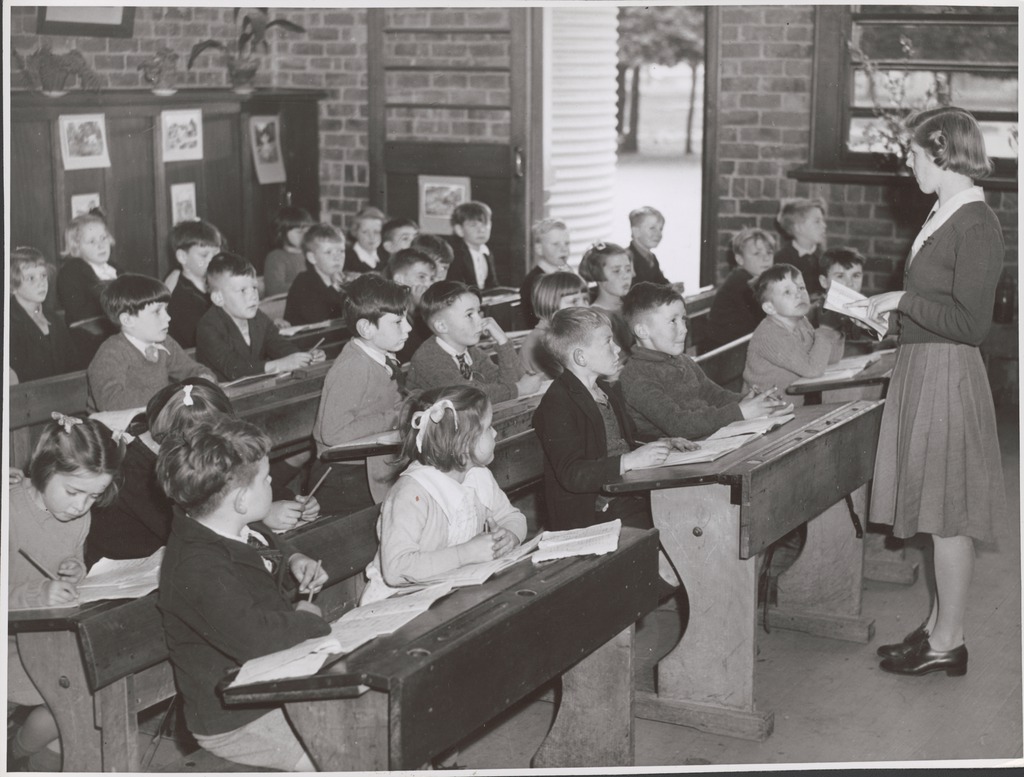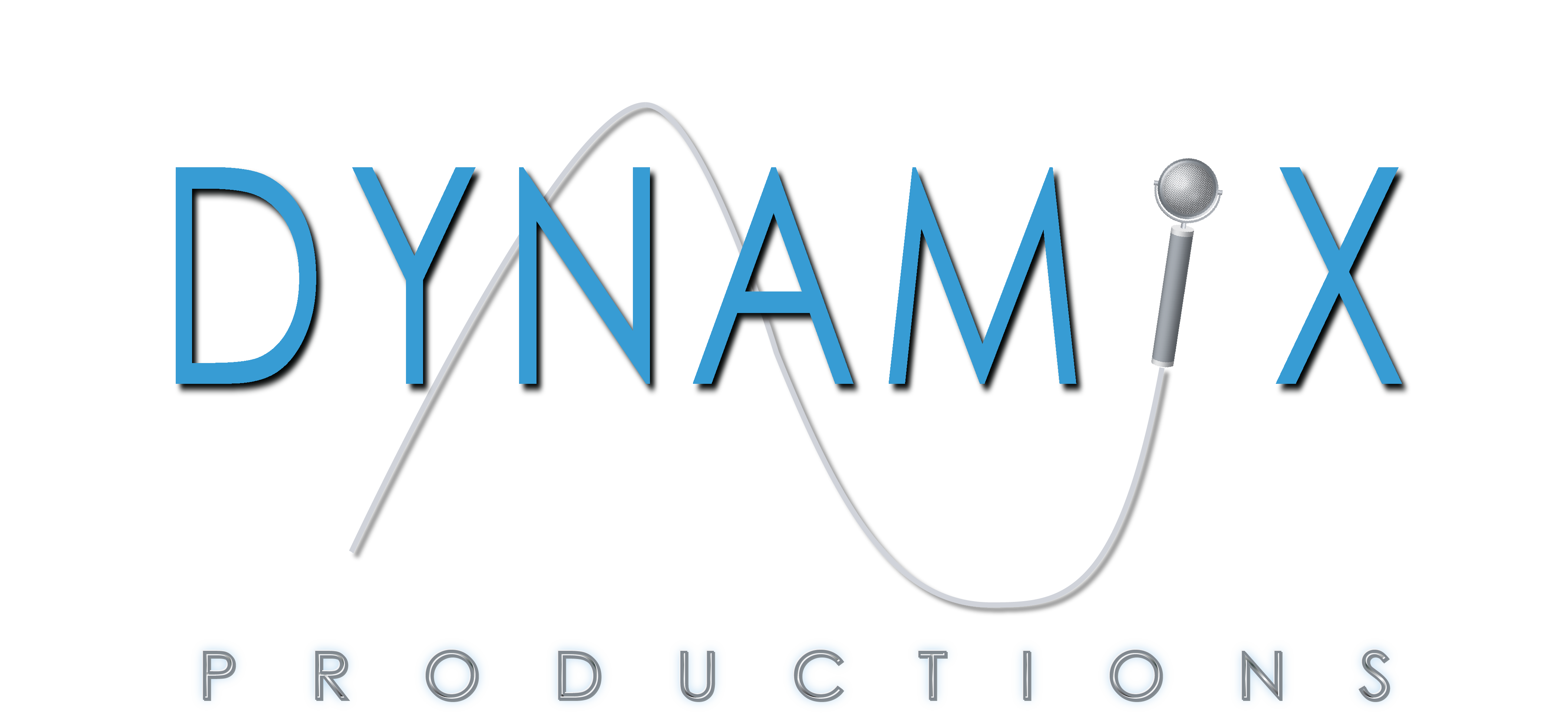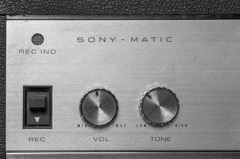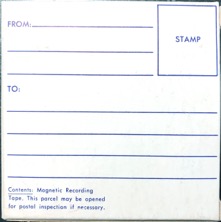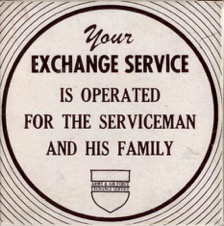
"It was easier just to say it out on a tape than trying to write it because it will take a lot of writing paper in order to get it straight."
Private First Class Frank A. Kowalczyk
Long Binh Post, Vietnam, 1969
Back when it was expensive, or impossible, to call someone long distance, friends and family members would send messages on records and tapes to each other through the mail. Not only was it more affordable, it was a more personal way to stay in touch with each other and have some fun doing it. When I digitize some of these audio letters for customers, and feel like I'm transported back in time that a way that a letter can't take me.
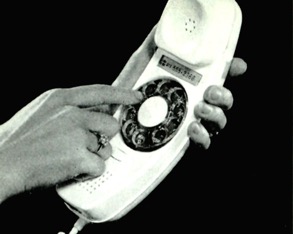
Let's look back at a period when audio letters were very popular – 1966. Humans had yet to go the moon, but they could go to the Astrodome. Batman and Star Trek premiered on television in color. You could fill up your car for less than six bucks on your way to a movie that cost $1.35 to see. There were lots of choices for consumers in fashion, food, and entertainment, but not in telephone service. Ma Bell absolutely ruled the telephone industry. They controlled not only the price, but the choice of phones you could have. The average monthly telephone bill was $5, or about $40 today. That's roughly what a basic cellphone plan costs. But the first three minutes of an average long distance call was $12, or $96 in 2019 dollars. Yikes! Most families reserved long distance calls for emergencies and bad news. If you wanted to communicate with family or friends afar, you stuck a 5-cent stamp on a letter. Or...you recorded an audio letter on tape.
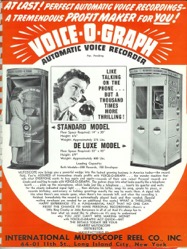
Before magnetic tape became affordable for consumers, people could make their own records in a small booth or kiosk at a record store or arcade. One such device was a
Voice-O-Graph, which was essentially a telephone booth with a microphone, a record cutter, and of course a coin deposit box. For about 35-cents, you got a three-minute record. The record was a "one off," and usually included the sounds of the turntable motor and cutting mechanism for free. By the mid-60s these self-serve studios were all but gone. These days, they're being restored and can fetch a high price. The Voice-O-Graph is even making somewhat of a comeback in the recording world. Neil Young recorded an entire album in one at Jack White's Third Man Records in Nashville. You can too if you make the trip to Nashville.
By 1966, reel-to-reel tape machines were affordable. A low-cost small reel-to-reel recorder like the Sony-Matic TC900 (which is on my office shelf if you want to see it) was $67.50, or about $550 today, the price of an economical smartphone like the
OnePlus 6T. Mission: Impossible featured a number of tiny reel-to-reel players in the opening scene. I'm hoping real ones didn't self-destruct and go up in smoke like the TV props did.
Little mono recorders like the Sony-Matic could accommodate a small 3" reel with about an hour of recording time on each side at low speed. Tell your story, pop the reel in its box, scratch an address on the outside, and drop it in the mail. Your recipient would listen to Mom tell the latest neighborhood gossip, Dad would provide updates on his latest new gadget, Johnny would talk about his baseball team, and Susie would brag about how well school is going. There might even be a short piano solo as a bonus. On the other end, Aunt Sally and Uncle Joe would record all their news on the flip side of the reel and send it back. It was a great way to stay in touch, and hearing someone tell a story was much more emotionally satisfying than a letter.
For soldiers overseas, it was a boon if they could get their hands on a reel-to-reel machine. The Smithsonian National Postal Museum
features a detailed and heartwarming story about PFC Frank Kowalczyk form Calumet City, Illinois. Frank and his family regularly sent audio tapes back and forth during his nearly year long stay in Vietnam in 1969. He took advantage of the military's free postal privileges for those in Vietnam and other designated zones. Each little package made an expedited flight on a commercial airline back home to Illinois. He had bought a reel-to-reel recorder from another soldier while stationed at Long Binh Post, Vietnam. Other soldiers not so lucky could go to recording stations at USO and American Red Cross centers and take advantage of the "Voices from Home" program. The 3M Corporation supplied "Living Letters" brand tape and shipping boxes for the soldiers.
My most memorable transfer of an audio letter was from a man who had lost his mother when he was a baby. His family was living in Hawaii in the early 60s when his parents recorded an audio letter for my customer's grandmother. In the background, you could hear a baby cooing and giggling – that was my customer as an infant. When he came to pick up the CD, he wanted to hear it right then. He and his young daughter stood there and listened, enraptured. Then with a tear in his eye, he turned to me and said, "That's the first time I've heard my mother's voice."
Tags: Reel to reel, Analog, Tape, WWII, Phone, Vietnam
